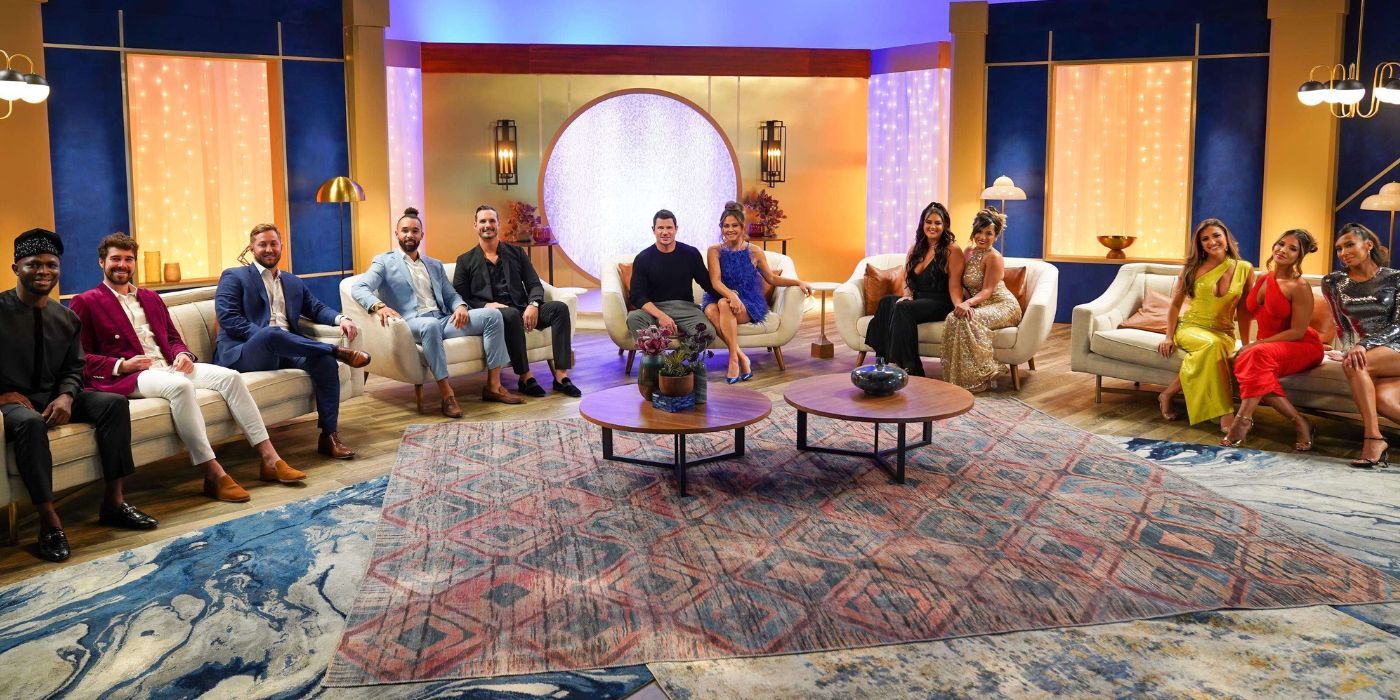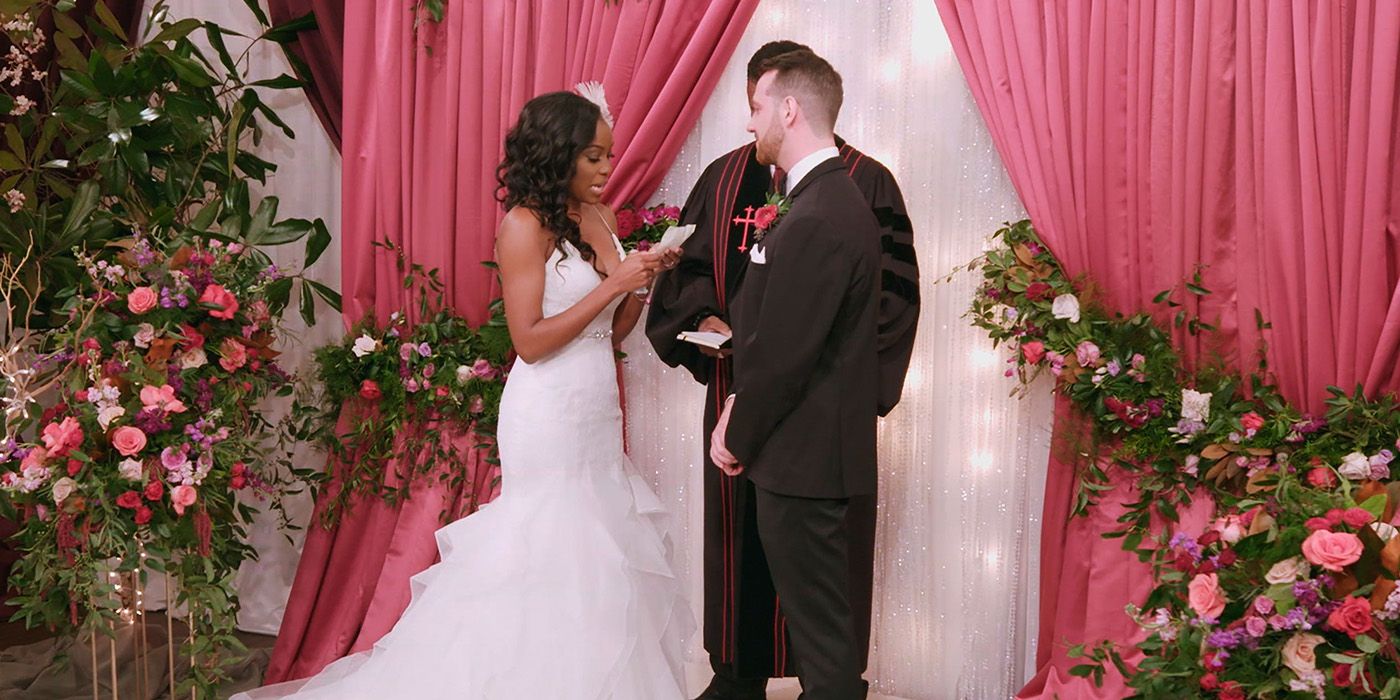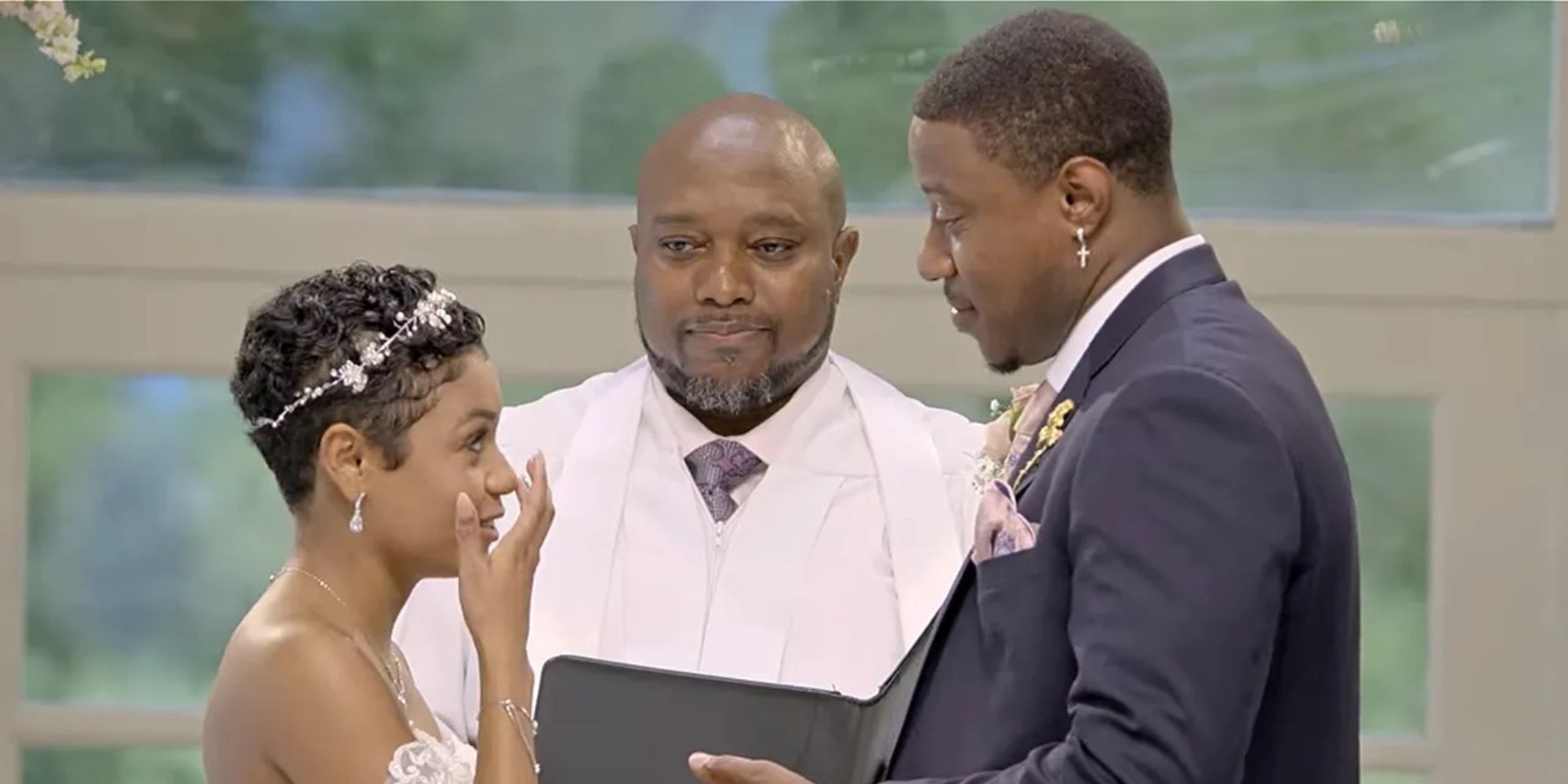The Netflix reality series “Love Is Blind” has captivated audiences since its debut in 2020, showcasing a unique social experiment where singles seek to form deep connections by communicating through isolated pods, without ever seeing each other face-to-face. The premise of the show, which culminates in couples deciding whether to get married after just a few weeks of knowing one another, has sparked both intrigue and skepticism among viewers.

As the show has progressed through multiple seasons, one of the key questions that has emerged is: how successful have the marriages from “Love Is Blind” ultimately been? With the breakneck speed of the relationships and the unorthodox nature of the dating process, the divorce rate of these couples has become a topic of intense interest.
Data from the first two seasons of the show provides some insight into the longevity of these unconventional unions. Out of the 30 singles who got engaged during the course of those seasons, only 6 couples ultimately made it to the altar and said “I do.” And of those 6 couples, only 3 are still together today.

This means that the divorce rate for “Love Is Blind” couples stands at a staggering 50% – a significantly higher figure than the average U.S. divorce rate, which hovers around 39%. It’s a sobering statistic that highlights the immense challenges these couples faced in transitioning their intensely emotional, but ultimately brief, courtships into lasting marriages.
Experts have cited several factors that may contribute to the high divorce rate among “Love Is Blind” couples. The compressed timeline of the show, which allows for little real-world interaction and assessment of compatibility, is often cited as a critical flaw in the experiment’s design. Additionally, the pressure of navigating a televised relationship and the public scrutiny that comes with it can put immense strain on even the strongest of partnerships.

However, it’s worth noting that some “Love Is Blind” couples have indeed defied the odds and managed to maintain their marriages. Amber Pike and Matt Barnett, for example, have been vocal about the work they’ve put into their relationship and the importance of communication and compromise. Their continued success serves as a glimmer of hope for future participants of the show.
As “Love Is Blind” continues to captivate audiences, the question of whether the experiment can truly lead to lasting love remains a topic of ongoing debate. While the divorce rate of the couples thus far may paint a somewhat pessimistic picture, the show’s ability to push the boundaries of traditional dating and marriage still holds a certain allure. Ultimately, the success or failure of these unconventional unions will continue to be closely watched and analyzed by both fans and relationship experts alike.




